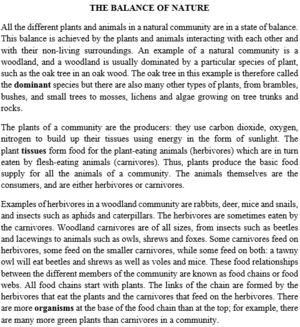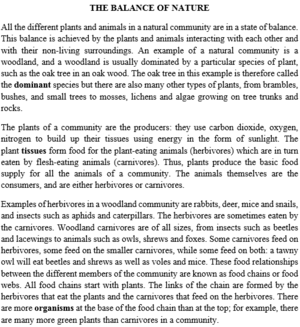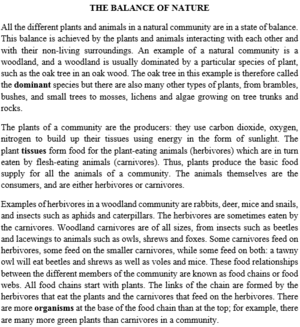Read the following passage and mark the letter A, B, C, or D to indicate the correct answer to each of the question.
Certain birds are, more often than not, considered bad luck, or even a sign of impending death. For example, all over the world, both crows and ravens have some connection to war and death. In early times, crows and ravens were thought to accompany the gods of war, or be signs of the gods’ approaching arrival. This idea later changed. Crows in particular were thought to be harbingers of ill fortune or, in some cases, guides to the afterlife. Woe be it to the person who saw a single crow or raven flying overhead, for this was most certainly a portent of death in the near future.
Interestingly, though potentially bad luck for people individually, the raven is considered to be good luck for the crown of England. So much so, in fact, that a “raven master” is, even today, an actual government position in London. He takes care of the ravens there and also clips their wings, ensuring that these birds can never fly far from the seat of the British government. This way, the kingdom will never fall to ill fortune.
Another bird that is thought to play a part in forecasting the fortunes of people is the swallow. Depending on how and when it is seen, the swallow can be a harbinger of either good or ill fortune. Perhaps inspired by the swallow's red-brown breast, Christian people initially related the swallow to the death of Jesus Christ. Thus, people who saw a swallow fly through their house considered it a portent of death. Later, however, farmers began to consider swallows signs of good fortune. Any barn that has swallows living in it is sure to be blessed in the following year. Farmers also have to beware of killing a swallow; that would be certain to end any good luck they might have had.
Though many people think these superstitions are old wives’ tales, there is actually some evidence to support them. For example, crows and ravens, being scavengers, appear at the aftermath of battles. Thus, large numbers of crows and ravens could be good indications of war in an area. As well, swallows feed on insects that can cause infections in cattle. Thus, a farmer who has many swallows in his barn may actually have healthier animals on his farm. Therefore, the next time you feel inclined to laugh at an old wives’ tale, maybe you had better find out if there is any truth to it first!
(Adapted from Reading Challenge 3 by Casey Malarcher and Andrea janzen)
What evidence supports the belief in the superstitions mentioned in the passage?
A. Swallows protect the animals on the farm from contagious pests.
B. The swallows often come at the beginning of a new year.
C. Ravens' appearance at the end the battle means that the war has stopped.
D. Farmers prefer having swallows to seeing crows in their barns.







Đáp án A
Bằng chứng nào ủng hộ cho niềm tin trong các mê tín được đề cập trong đoạn văn?
A. Chim én bảo vệ các con vật trên trang trại khỏi các loài côn trùng truyền nhiễm.
B. Chim én thường xuất hiện khi bắt đầu 1 năm mới.
C. Sự xuất hiện của loài quạ ở cuối trận chiến có nghĩa là chiến tranh đã kết thúc.
D. Nông dân thích có chim én ở trang trại của họ hơn là nhìn thấy quạ.
Từ khóa: evidence/ supports
Căn cứ vào thông tin đoạn cuối:
“As well, swallows feed on insects that can cause infections in cattle. Thus, a farmer who has many swallows in his barn may actually have healthier animals on his farm.” (Đồng thời, chim én ăn các loại côn trùng có thể gây bệnh truyền nhiễm ở gia súc. Vì vậy, người nông dân nào có nhiều chim én ở trong chuồng thực sự có thể có những con vật khỏe mạnh hơn trên trang trại).